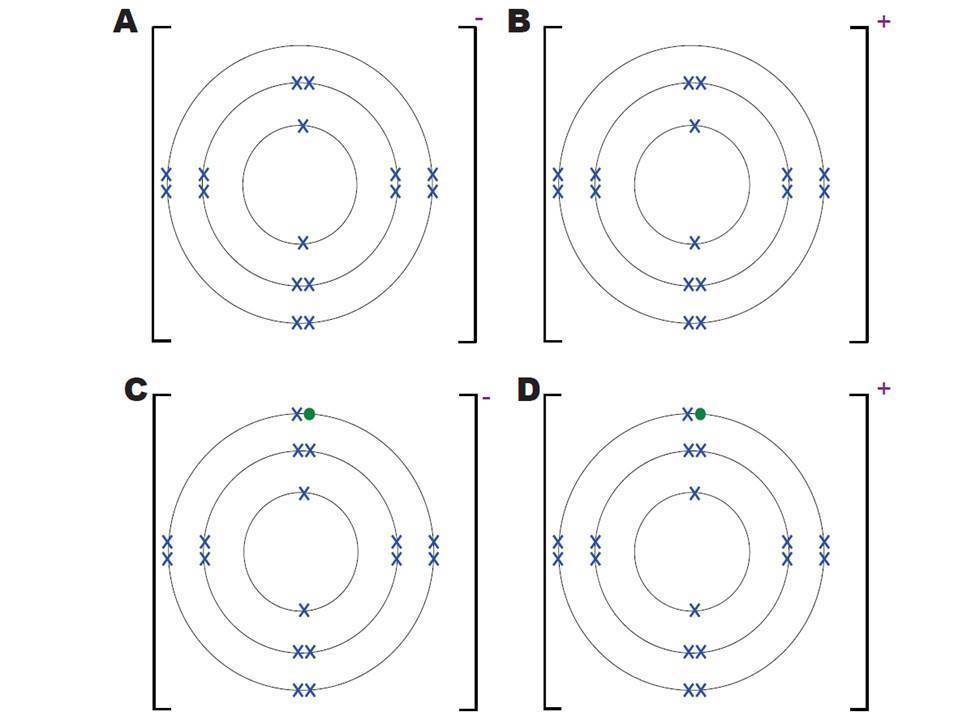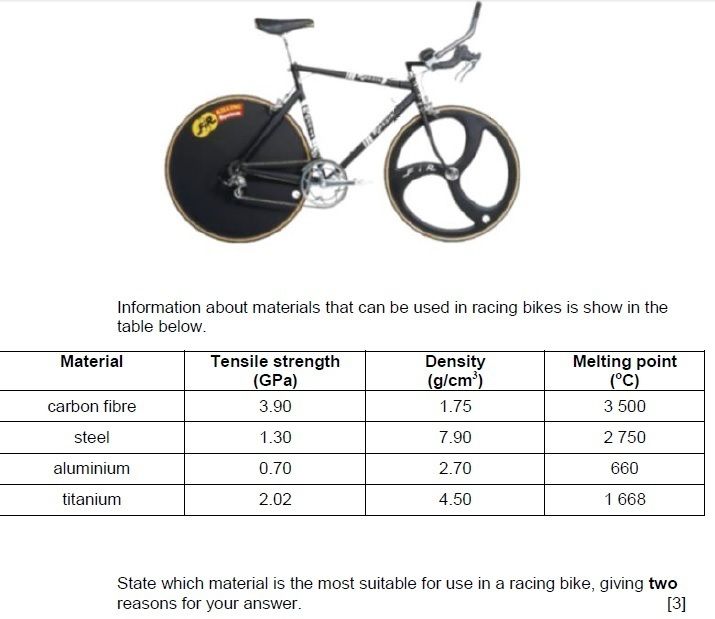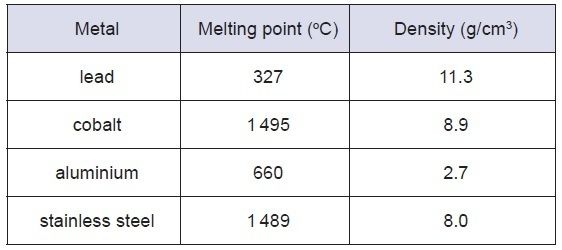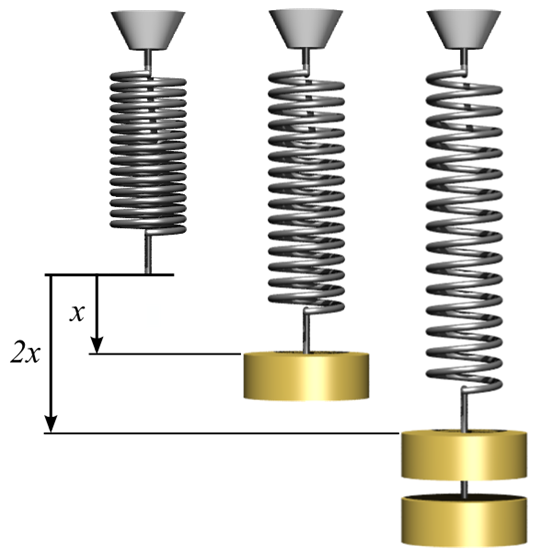Choosing the right materials can have a major effect on the success and performance of an object. Which material is best to build the frame for a road bike? What material should we use to build a tennis racket? Does it matter what material is used to make an artificial hip? How do I select a material to construct a safety helmet? This topic helps learners understand why a material is selected for a purpose.
Pinned to
157
0
0
No tags specified
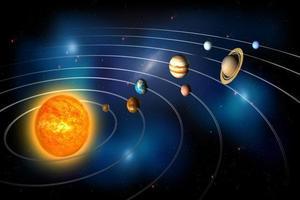
|
Created by Mr S Lee
over 6 years ago
|
|
Close

